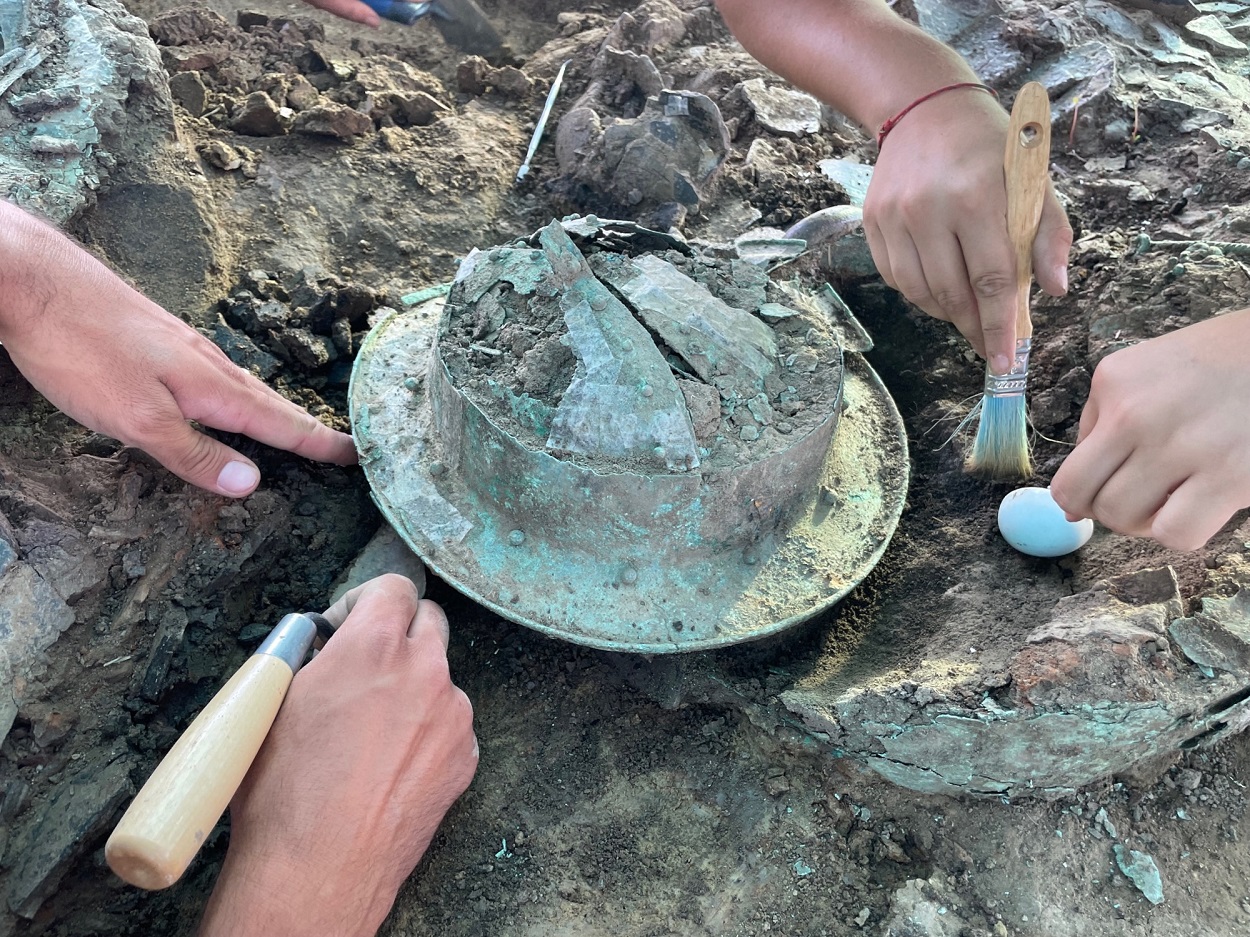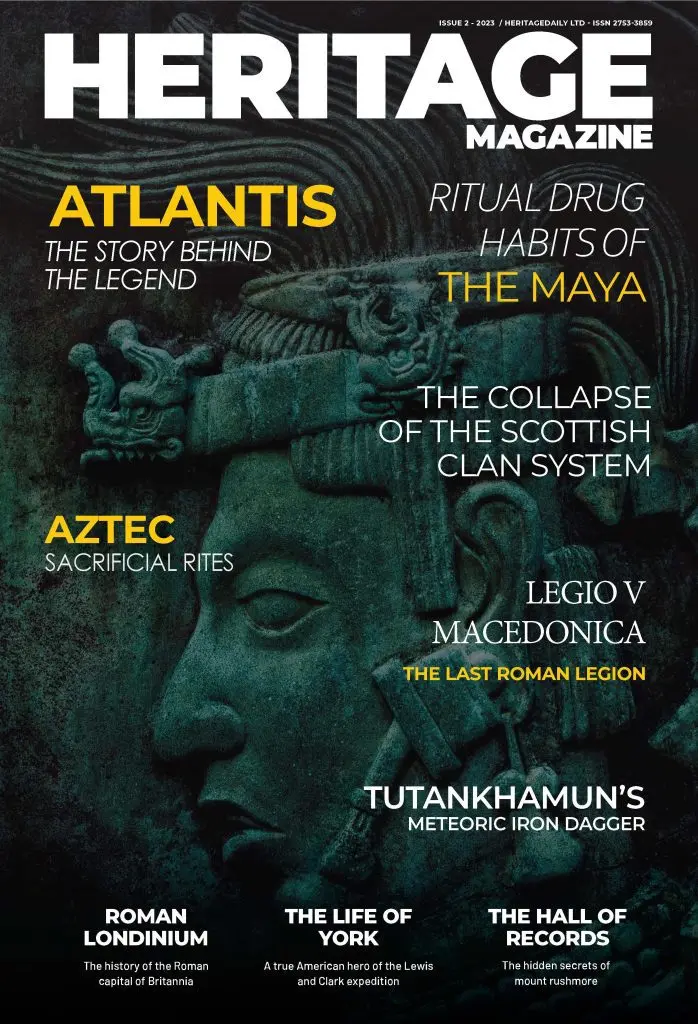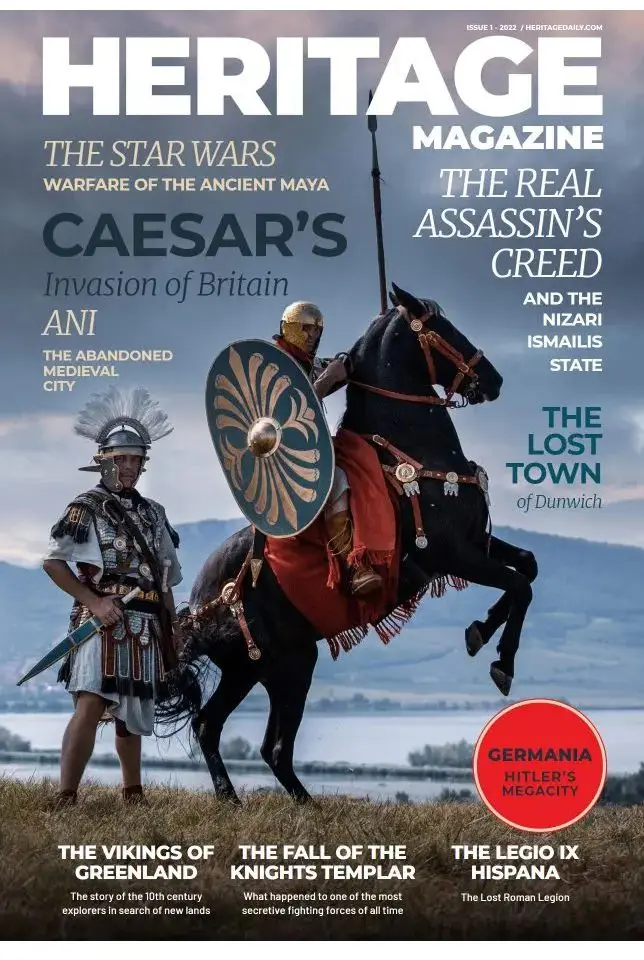Archaeologists from the University of Bologna have uncovered a princely tomb in the Corinaldo Necropolis, located in the province of Ancona, Italy.
This follows on from a previous discovery in 2018, where the so-called “Prince of Corinaldo” was discovered at the Corinaldo Necropolis.
In a recent excavation led by Dr. Cecilia Carlorosi and Ilaria Venanzoni, archaeologists have uncovered a quadrangular tomb at the centre of a large circular pit.
The tomb measures 3.8 by 2.2 metres and contains over 150 ornate objects placed as funerary offerings. This includes the remains of a two-wheeled chariot, a set of bronze objects (including a helm), and numerous cauldrons and finely decorated vessels.
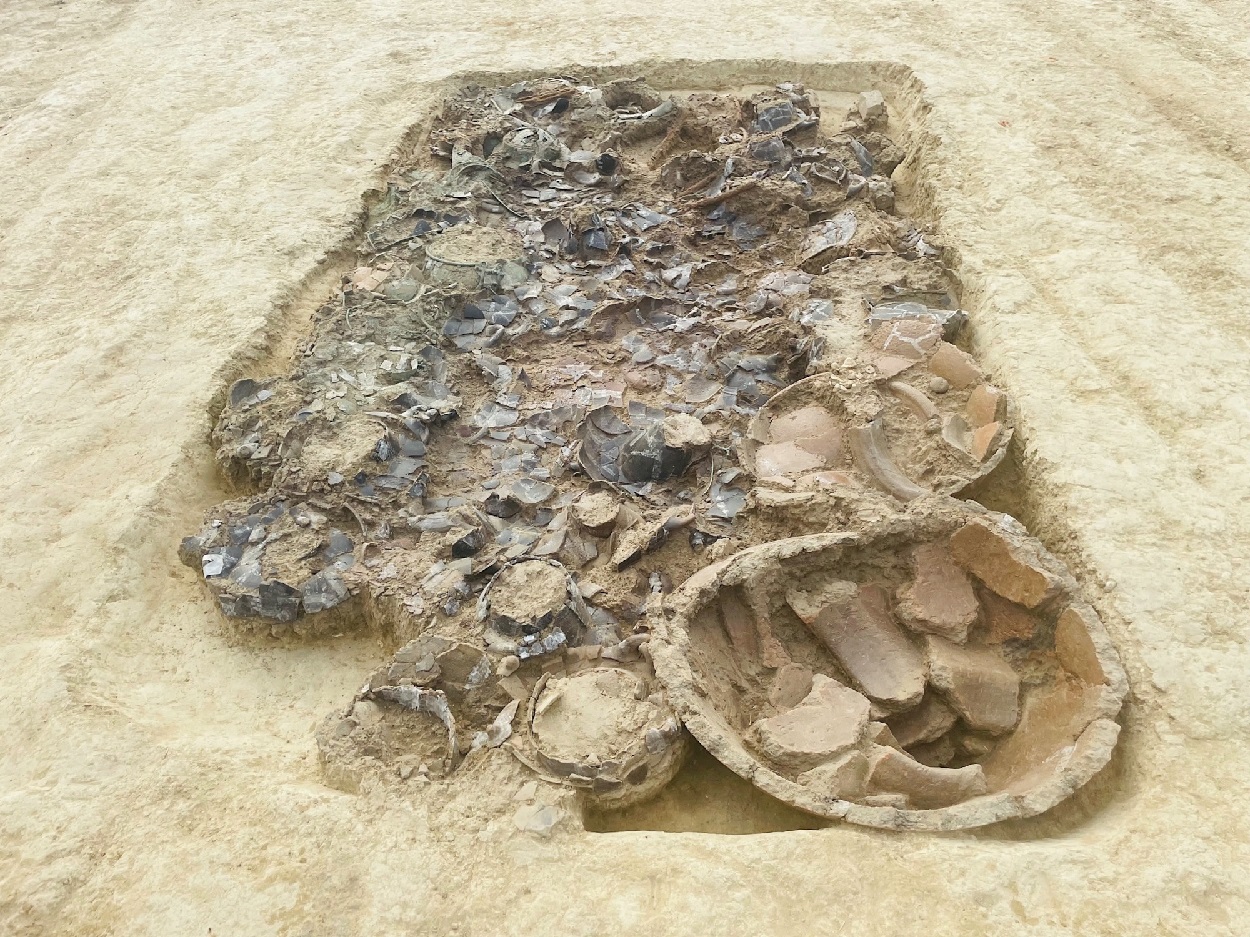
The researchers believe that the offerings resemble a funerary banquet and date to the 7th century BC. Interestingly, while the burial belongs to the Picentes cultural sphere, many of the objects found are of Etruscan origin.
The Picentes lived from the 9th to the 3rd century BC in an area named by the Romans as Picenum. Picenum is located in the area between the Foglia and Aterno rivers, bordered to the west by the Apennines and to the east by the Adriatic coast.
Their Etruscan neighbours inhabited the region of Etruria to the west and northwest of Picenum, roughly incorporating what is now Tuscany, western Umbria, and northern Lazio, as well as what are now the Po Valley, Emilia-Romagna, south-eastern Lombardy, southern Veneto, and western Campania.
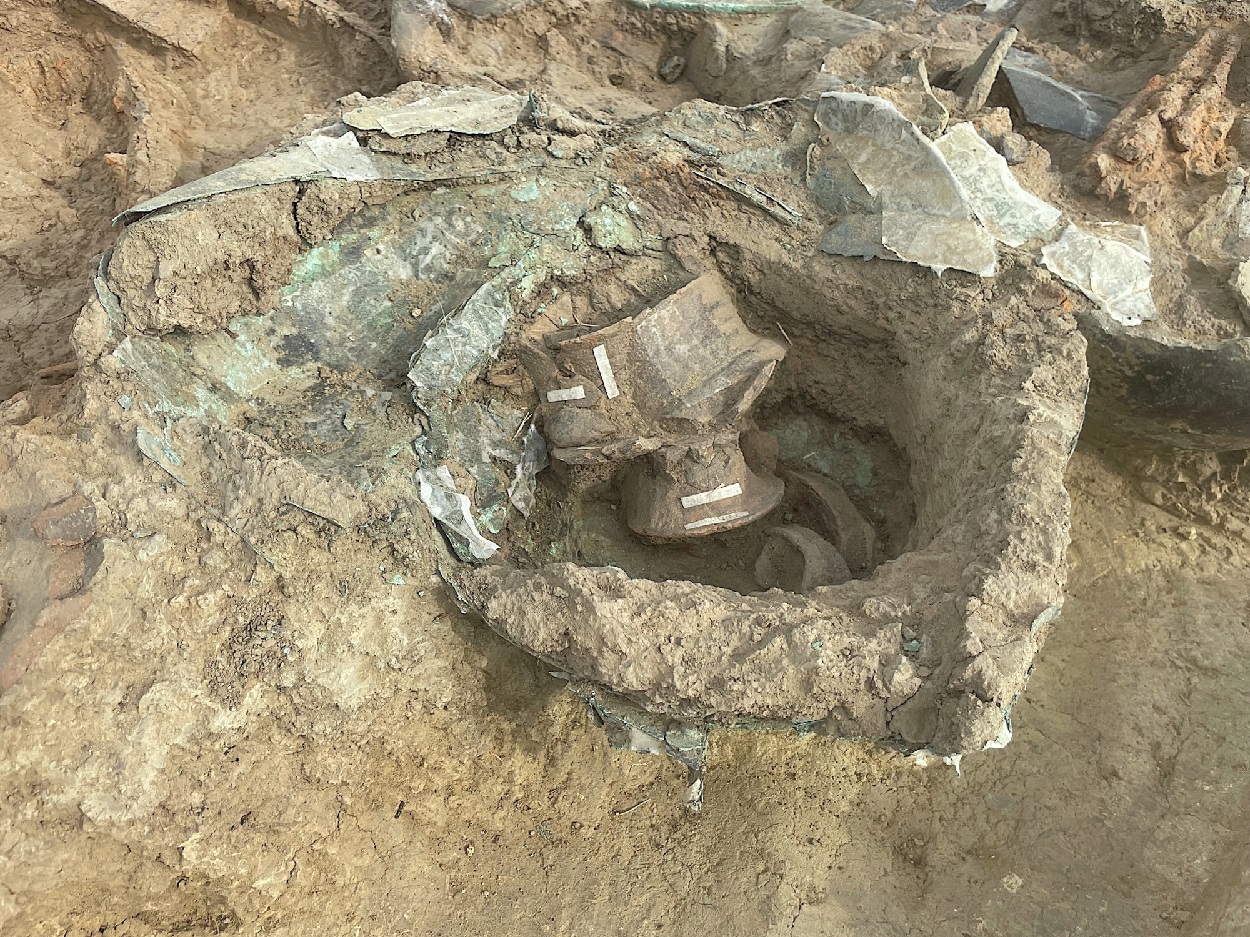
According to the archaeologists, this latest revelation suggests that the Picentes had strong trading links with their Italic neighbours and shared cultural exchanges and relationships.
The latest excavation is part of the ArcheoNevola Project (directed by the University of Bologna, Department of History Culture Civilisation), in collaboration with the Municipality of Corinaldo and in agreement with the Superintendent of Archaeology Fine Arts and Landscape for the provinces of Ancona and Pesaro Urbino.
Header Image Credit : Città di Corinaldo
Sources : Città di Corinaldo

